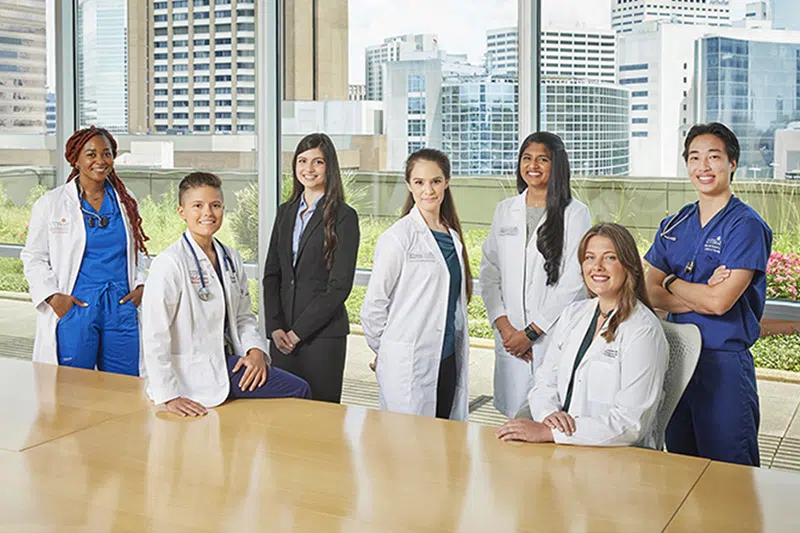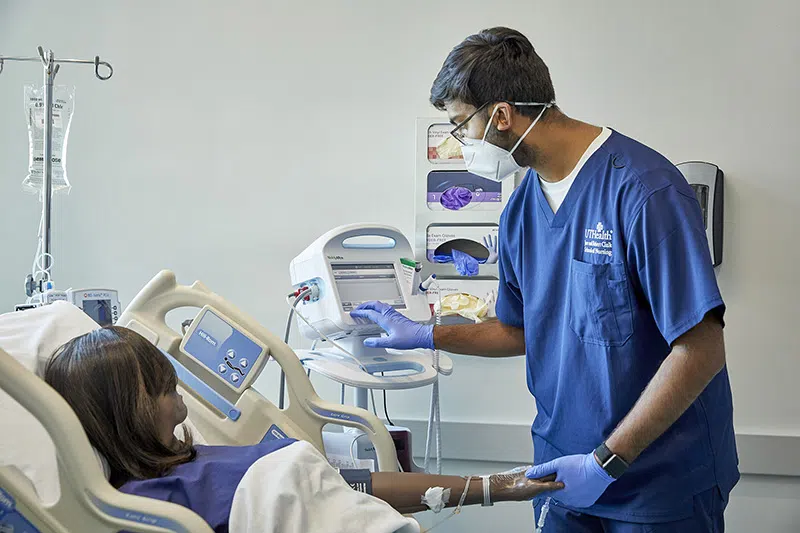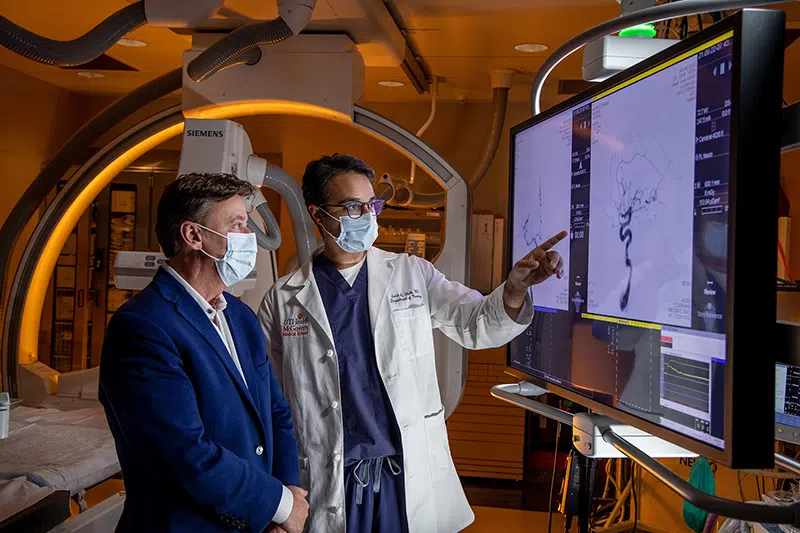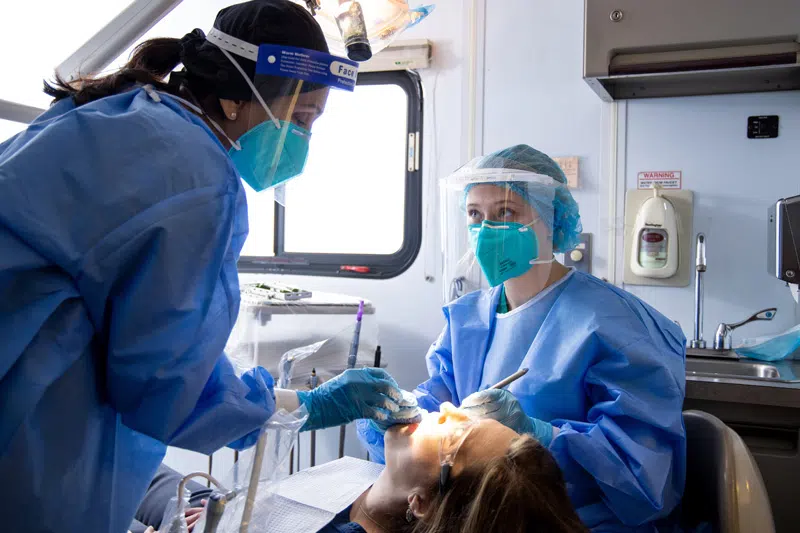PURPOSE
The University of Texas Health Science Center at Houston (UTHealth) Institutional Biosafety Committee (IBC) reports to the UTHealth Executive Vice President for Academic & Chief Academic Officer on matters related to the use of infectious agents and/or recombinant and synthetic deoxyribonucleic acid (rDNA) technology in research, clinical and educational activities at UTHealth. The committee is charged with ensuring full compliance with CDC/NIH Biosafety in Microbiological and Biomedical Laboratories (BMBL), NIH Guidelines for Research Involving Recombinant and Synthetic Nucleic Acid Molecules (referred to herein as the NIH Guidelines) and the UTHealth Institutional Biosafety Manual. The most recent version of the BMBL (2020) is available on the CDC’s website (https://www.cdc.gov/labs/bmbl/index.html) and shall apply to all infectious agent research performed at UTHealth. The most recent version of the NIH Guidelines (April 2024) is available at the NIH Office Science Policy (NIH OSP), Biosafety, Biosecurity, and Emerging Biotechnology Policy Division (formerly known as the OBA) website (https://osp.od.nih.gov/policies/biosafety-and-biosecurity-policy#tab2/) and shall apply to all rDNA research performed at UTHealth, regardless of the rDNA research project funding source.
Specific tasks of the committee include:
- To recommend to the Executive Vice President for Academic & Chief Academic Officer policies and procedures that ensure the health and safety of all individuals within UTHealth, and to ensure compliance with all applicable federal, state and local statutes, regulations, procedures and principles relating to the purchase, storage, use, and disposal of biological hazards and/or rDNA used in UTHealth research, clinical and educational programs.
- To assess the safety of rDNA research experiments and recommend policies and procedures to ensure the health and safety of all faculty, staff, students, patients, and visitors within UTHealth.
- To review the protocols provided by principal investigators, clinical directors or laboratory instructors relating to the use of biological hazards and to review the activities of EH&S in verifying the appropriate biosafety containment level of those laboratories, clinics and/or practices. Activities requiring work at Biosafety Level 2 and greater may not initiate without written consent of the IBC.
- To recommend to the Executive Vice President for Academic & Chief Academic Officer the need for general and specific training programs for research, clinical and teaching activities dealing with biological hazards, including infectious agents and/or rDNA, and to review the appropriateness and effectiveness of such UTHealth training programs.
- To submit reports at least annually, to the Executive Vice President for Academic & Chief Academic Officer summarizing activities and reviewing the status of significant biological safety issues identified during the year.
- Approving Principal Investigators (PI), their laboratories and/or practices for work at graded biosafety levels, as appropriate, in accordance with the NIH Guidelines.
- Overseeing the development and maintenance of written biological safety plans that specify practices for minimizing occupational exposures to infectious biological agents and/or rDNA (including exposures to organisms and viruses containing rDNA, and products of rDNA) for all affected populations through the use of proper engineering controls and work practices; making the plan available to the institutional community; recommending updates to the plan, as necessary; and overseeing the development and implementation of educational programs related to infectious biological agents, rDNA and biological safety.
- Identifying tasks that carry a risk for exposure to infectious agents, rDNA, and the occupational groups involved.
- Overseeing the follow-up and monitoring of those persons with potential exposure to infectious agents and/or rDNA.
- Respond to all public comments/recommendations on IBC actions. IBC will also notify NIH Office of Science Policy in writing of posed questions and response given.
UTHealth Environmental Health and Safety (EH&S) is designated as the monitoring and effector arm of the IBC to ensure the details specified in protocols are feasible and appropriate.
All activities of the committee are coordinated, as necessary, with other institutional components including the Office of Sponsored Projects (OSP), UT Employee Health Services, Center for Laboratory Animal Medicine and Care (CLAMC) and other UTHealth oversight committees, such as the IRB [Committee for the Protection of Human Subjects (CPHS)] and the IACUC [Animal Welfare Committee (AWC)].
COMMITTEE MEMBERSHIP
Composition:
The IBC consists of a minimum of five voting members so selected that they collectively have experience and expertise in various infectious agents, rDNA technology, infection control and the capability to assess the safety of rDNA research and to identify any potential risk to public health or the environment. At least two members shall be unaffiliated with UTHealth (except as members of the IBC) and shall represent the interest of the surrounding community with respect to health, safety, and the protection of the environment. At least one member shall be a scientist with expertise in animal containment principles for studies requiring approval by the IBC. At this time there is no recombinant plant research being conducted at UTHealth; however, if this research is proposed to the committee in the future then at least one member will be sought out with expertise in plant, plant pathogen, or plant pest containment principles for review of those studies.
The current UTHealth committee is comprised of the following voting members serving on three-year, staggered terms of appointment:
- Three or more faculty members with experience in infectious agent research, infection prevention, rDNA technology and/or biological safety and containment *
- Two or more community members *
- A student member
- A laboratory technician *
- Center for Laboratory Animal Medicine and Care representative
Ex Officio Members - the following are designated as members without vote:
- Representative from Legal Affairs
- Vice President for Safety, Health, Environment, and Risk Management
- Safety Manager, Biological Safety Program
- Safety Manager, Environmental Protection Program
- Executive Vice President and Chief Academic Officer
- Employee Health Clinical Services representative
* Required members by the NIH Guidelines for Research Involving Recombinant DNA Molecules
The current list of IBC members can be found online at: https://www.uth.edu/safety/biological-safety/institutional-biosafety-committee.htm


 Featured Donor
Featured Donor










